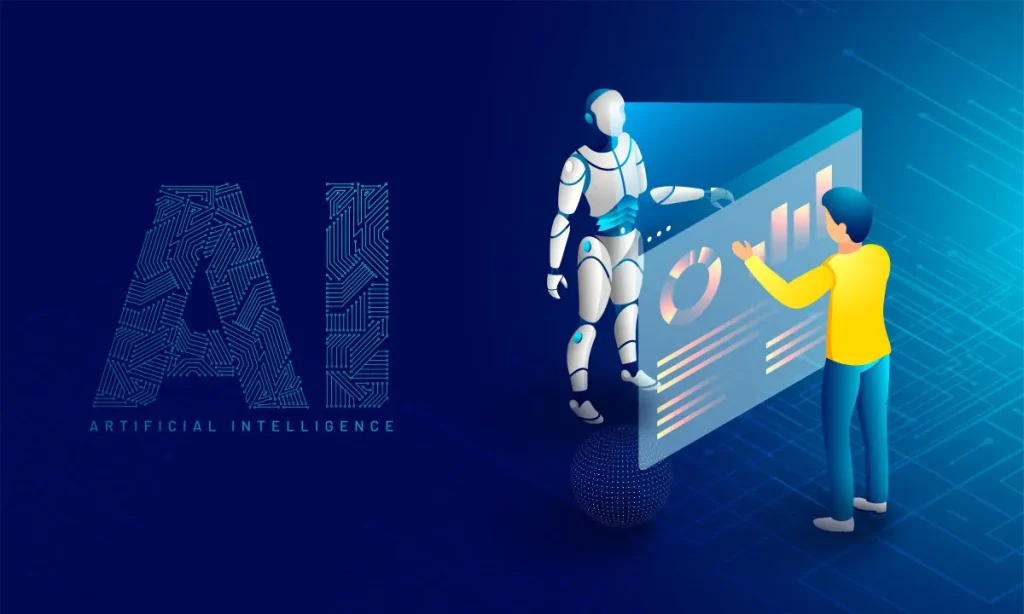Empathy-Driven AI: Blending Human Strengths with Technology for Better CX

Artificial intelligence (AI) in contact centres often drowns in hype—visions of fully automated systems sidelining human agents. Yet, there’s a call to focus on realistic applications, like Conversational AI, that solve tangible problems. What if AI didn’t replace agents but amplified their unique strengths? Research shows women excel in cold calling through empathy, active listening, and relationship-building—traits technology can’t fully replicate but could enhance. This article explores a hybrid model where AI and human empathy blend to elevate customer experience (CX), drawing from insights across four key perspectives.
Evidence highlights how an intuitive ability to connect personally turns cold calls into meaningful interactions. Empathy—understanding a client’s needs beyond their words—builds trust, a cornerstone of sales and CX. At the same time, there’s a push for contact centres to prioritize human agents’ wellbeing alongside tech adoption. AI shouldn’t overshadow agents; it should support them, freeing them to focus on emotional nuance. Studies also reveal customers prefer human voices in IVR systems over robotic ones, suggesting tone and intent matter as much as efficiency. Together, these ideas point to a synergy: AI handles routine tasks, while humans, empowered by tech, deliver empathy at scale.
Picture an AI system that listens—not just to words, but to hesitation or tone—and flags when empathy is needed. It might transcribe a call in real-time and prompt an agent with, “Customer sounds frustrated—ask how you can help.” The agent, perhaps trained in empathetic listening, responds with genuine care, not a script. This aligns with the idea that AI can reduce agent stress by managing data, letting them shine where humans excel—connection.
Here’s a framework to integrate empathy into AI design:
- Detect Emotional Cues: Train AI to analyze tone and pacing, alerting agents to emotional shifts.
- Support, Don’t Replace: Use AI for rote tasks (e.g., data entry), preserving agent energy for human interaction.
- Model Empathy: Base AI prompts on empathetic traits—like intuitive listening skills—to guide agents.
- Test with Humans: Compare AI-human hybrid calls to AI-only ones, ensuring the human touch prevails.
Consider a scenario: a customer calls about a billing error, voice tense. The AI flags the tone, cues the agent—say, an expert in active listening—and suggests, “Ask if they’re okay.” The agent says, “I hear this is frustrating—how can I make it right?” The customer calms, the issue resolves, and satisfaction spikes. Without AI, the agent might miss the cue under pressure; without the agent, AI might sound cold. This hybrid model proves practical—it’s achievable with today’s tech, not a distant dream.
The benefits are compelling: customers feel heard, agents feel valued, and CX improves. Data backs this—human voices resonate more, especially when AI enhances, not erases, them. Prioritizing agent wellbeing ensures they thrive, not burn out, while empathetic strengths offer a training goldmine: if listening excels in sales, why not use it as AI’s blueprint? The focus remains on what works now—Conversational AI that listens and learns.
This isn’t about AI domination; it’s about blending tech with humanity. Contact centres can scale empathy—turning every call into a chance to connect—by designing AI that knows its limits and lifts agents up. In 2025, that’s not hype; it’s the future of CX, rooted in what humans do best.
Sources:
- “Getting Past the AI Hype” (Contact Centre Pipeline, January 2025)
- “How to Enhance the Human Touch” (Contact Centre Pipeline, January 2025)
- “Women in Workforce” (Contact Centre Pipeline, March 2025)
- “Humans or AI?” (Contact Centre Pipeline, January 2025)


